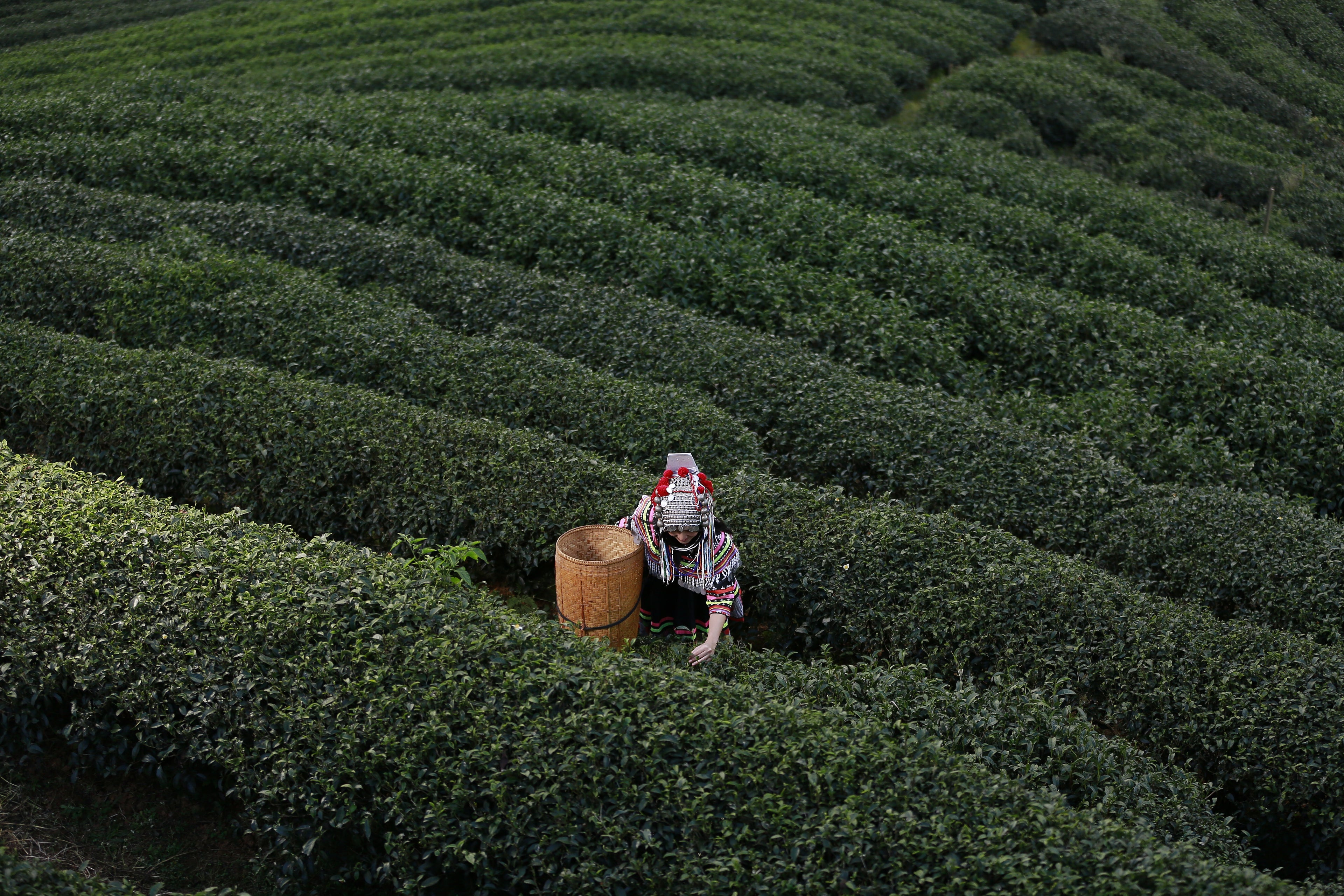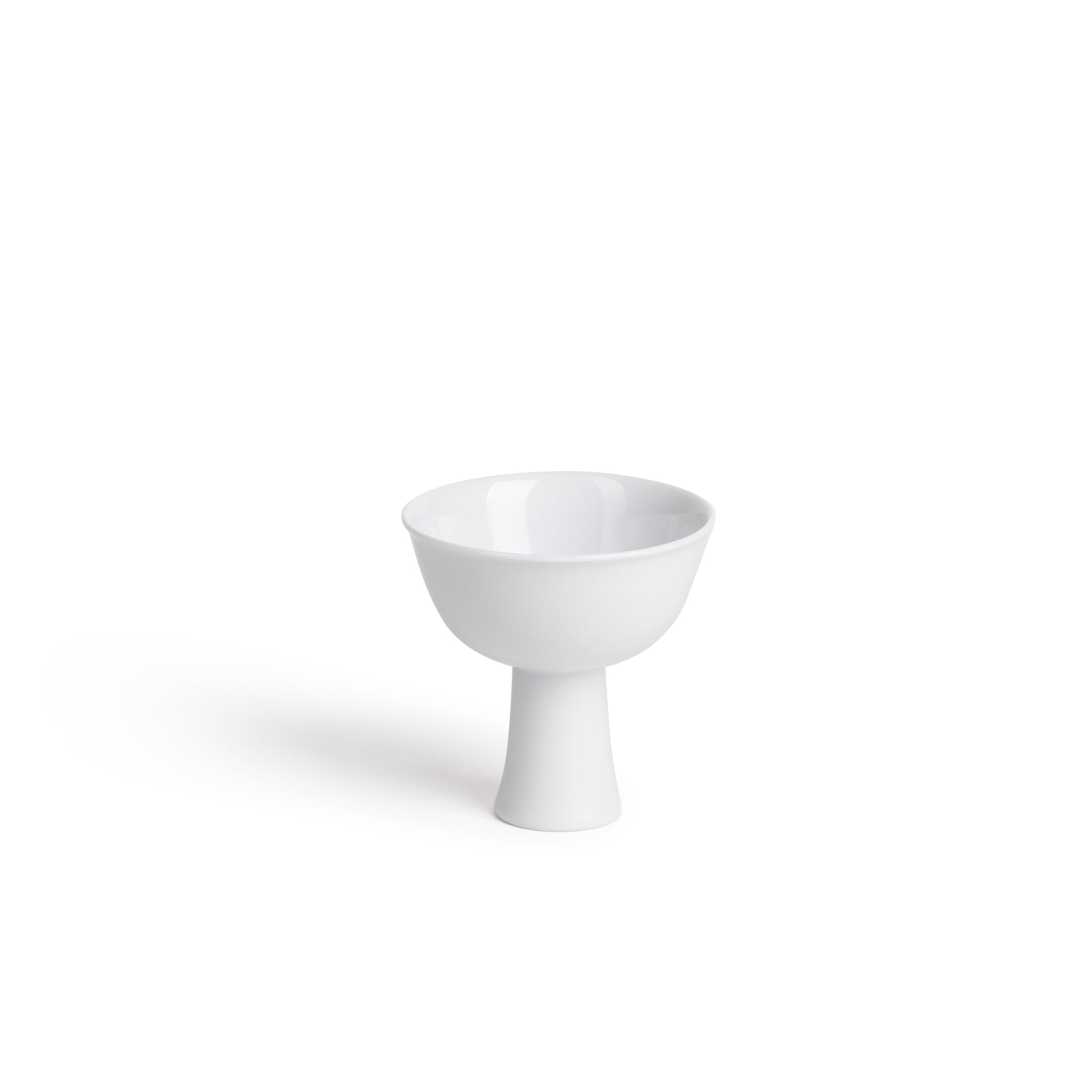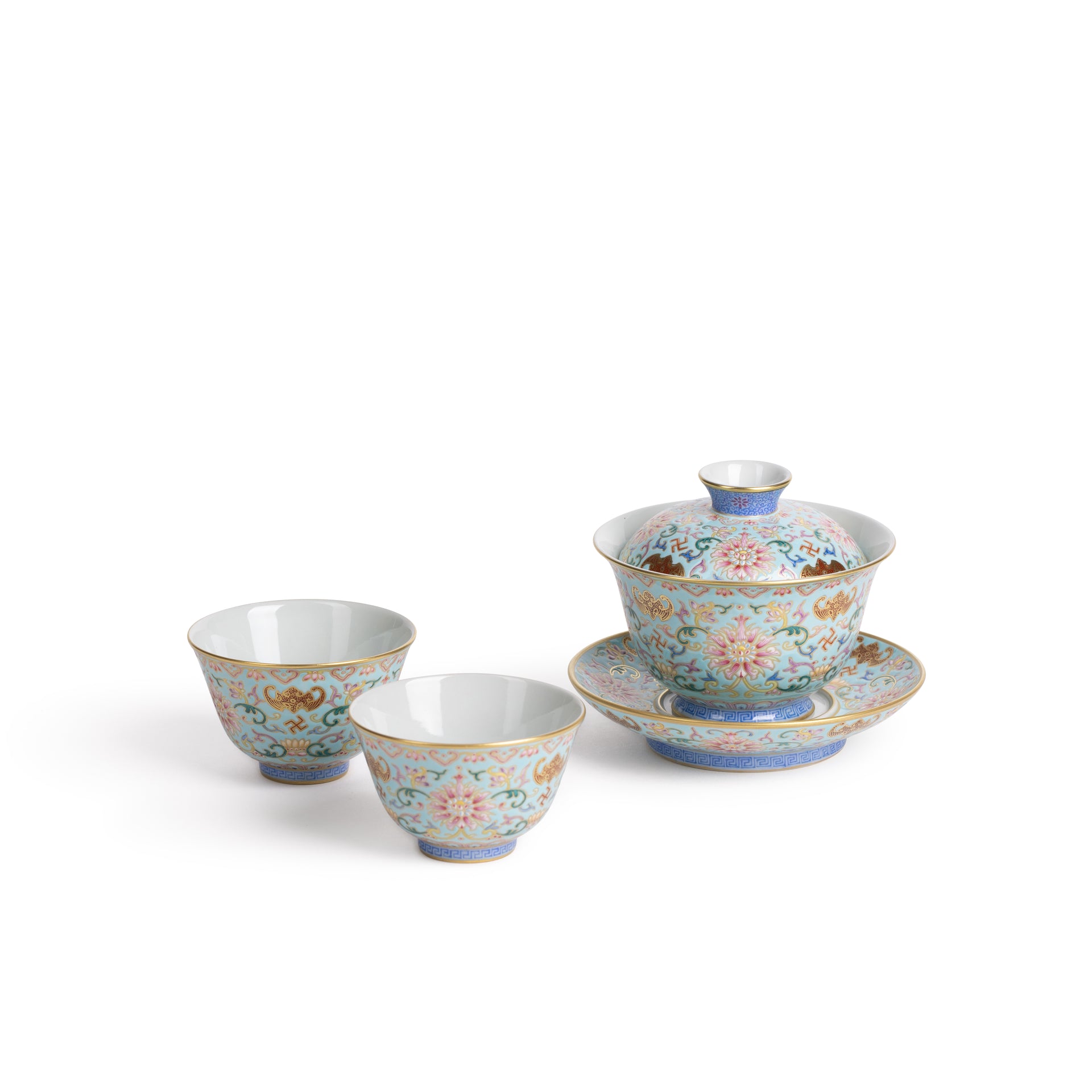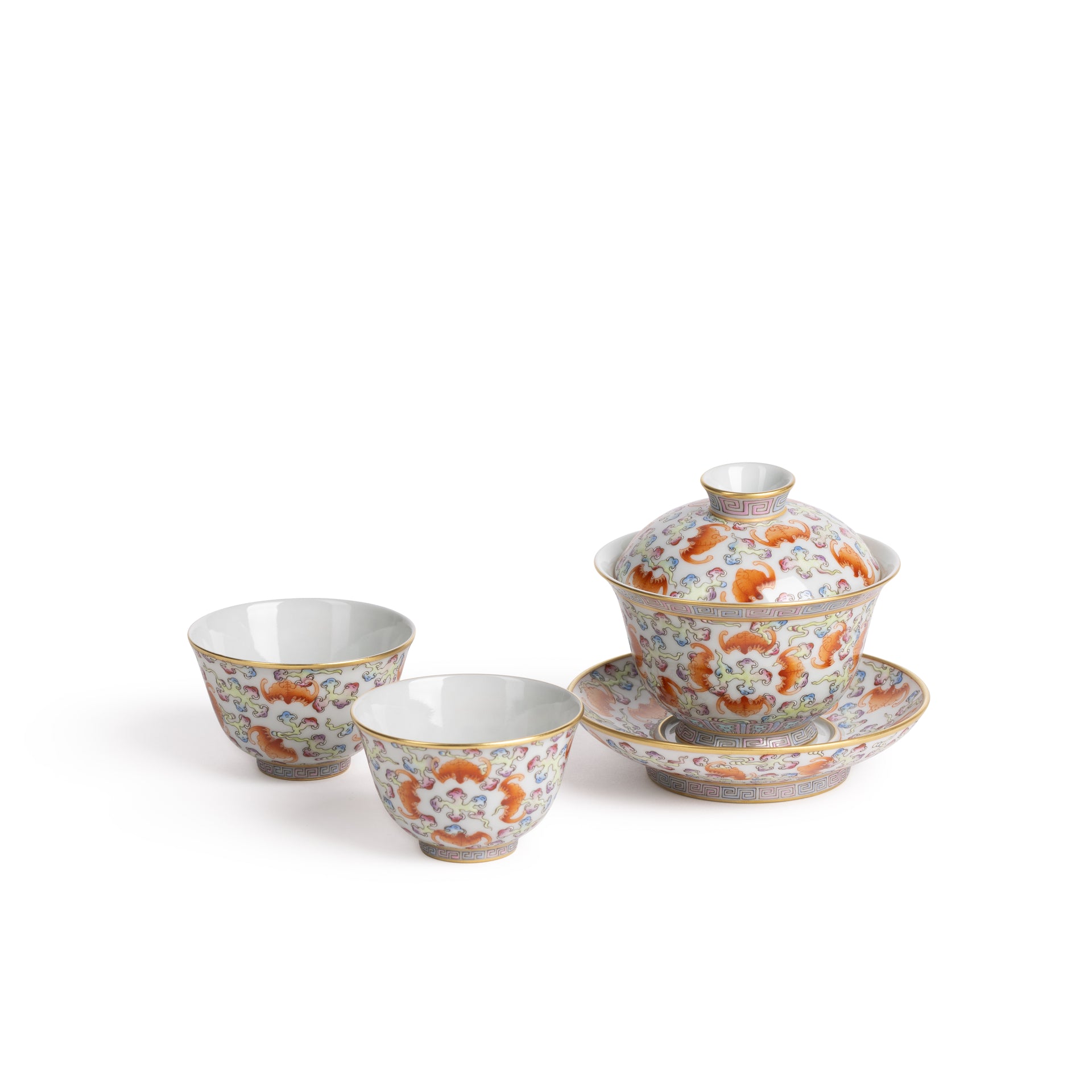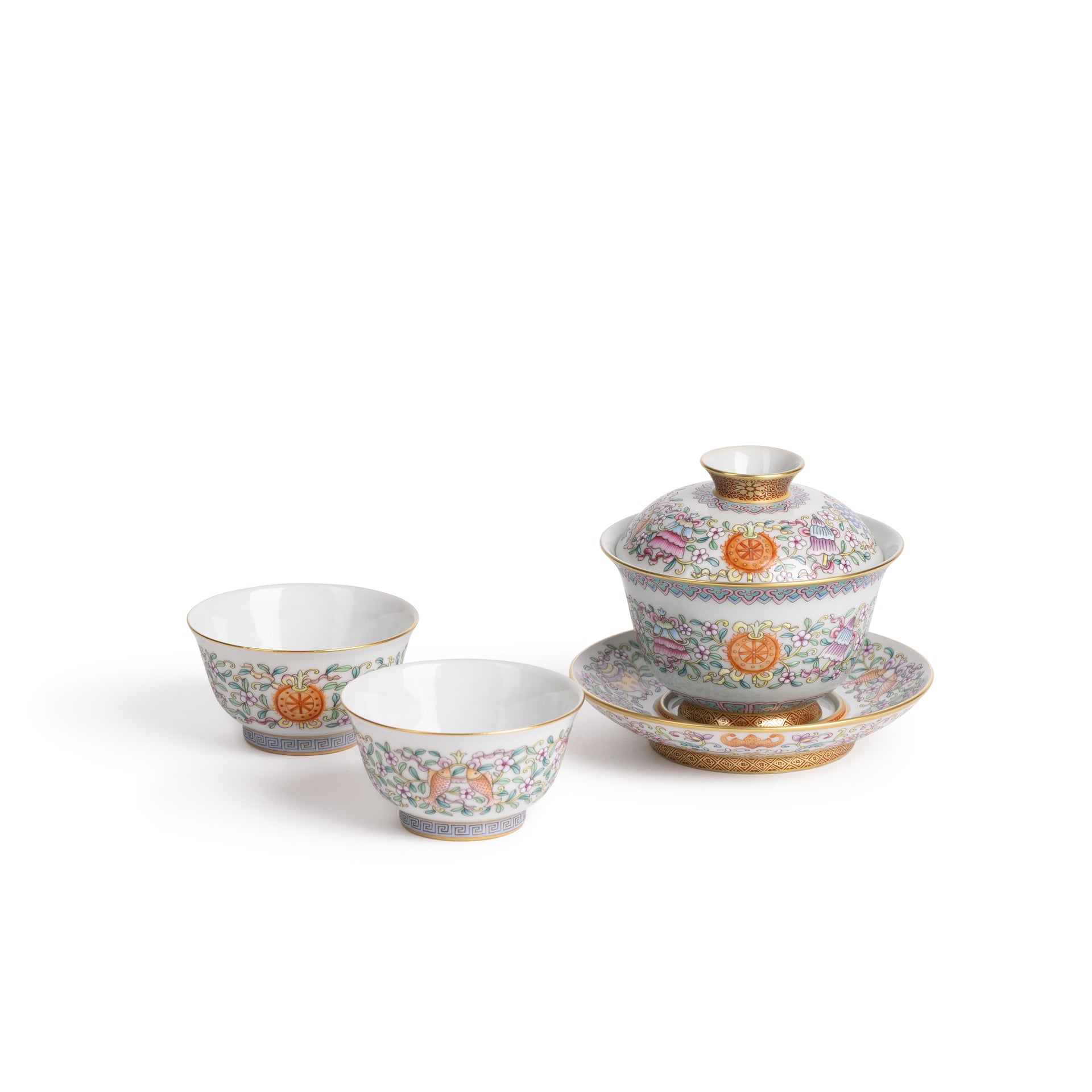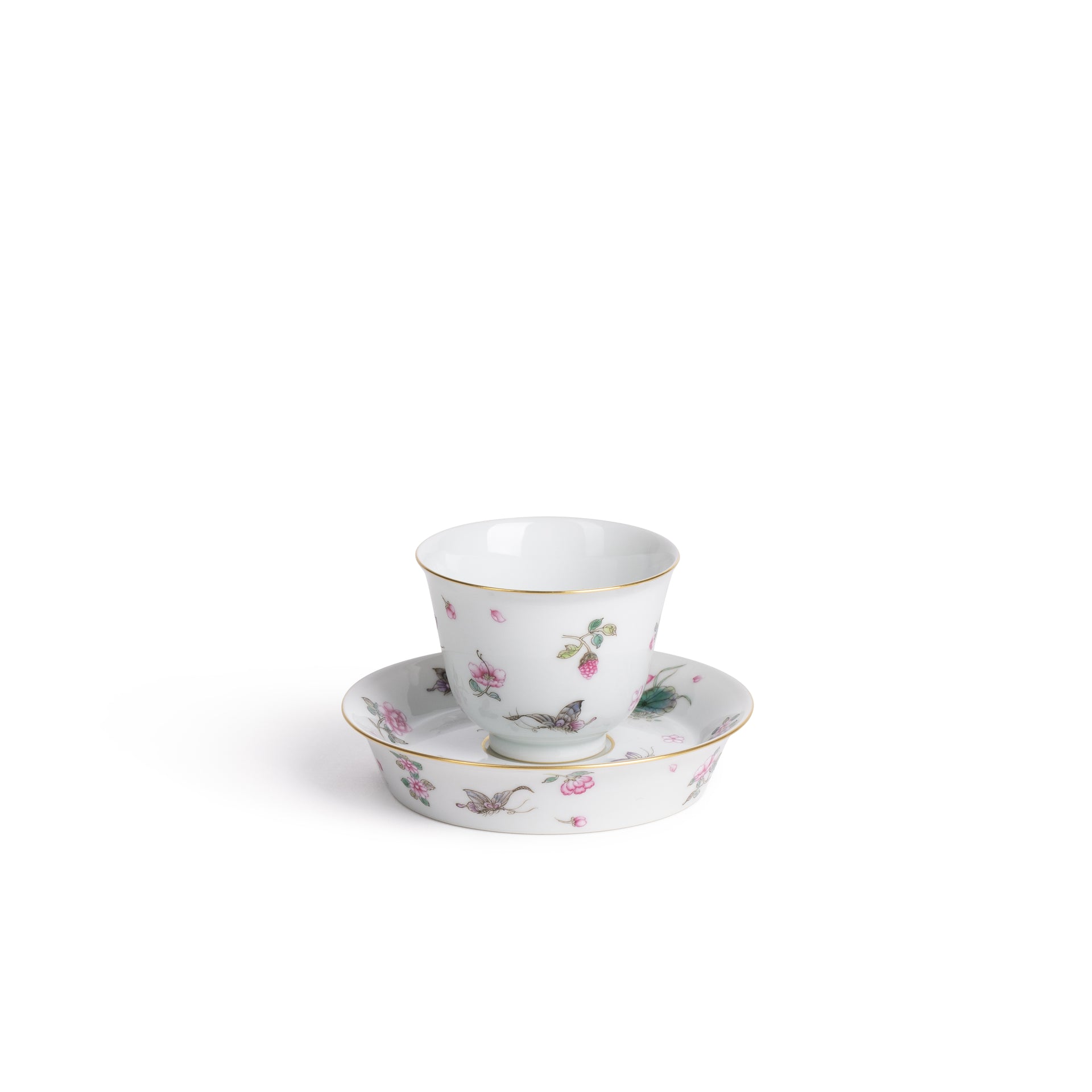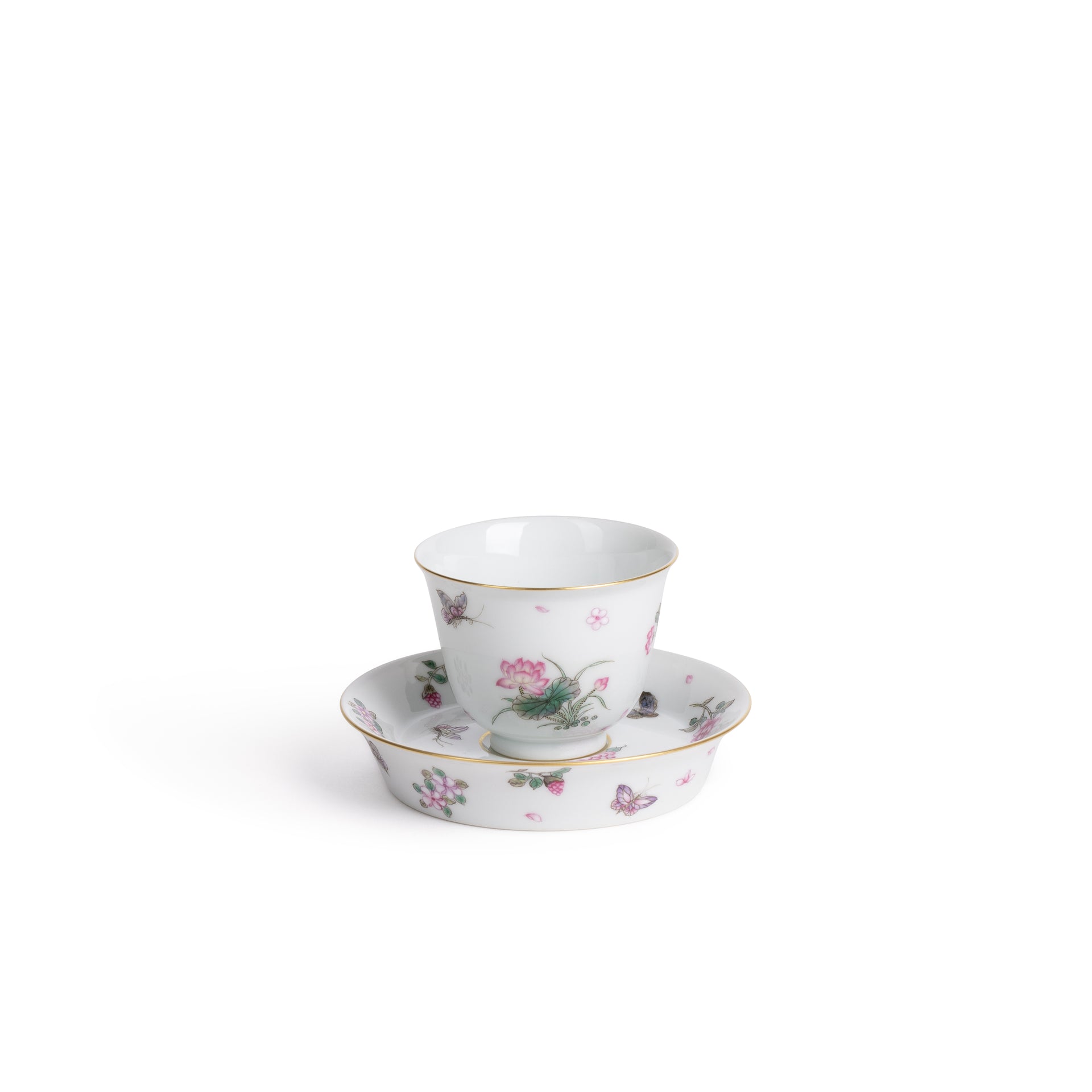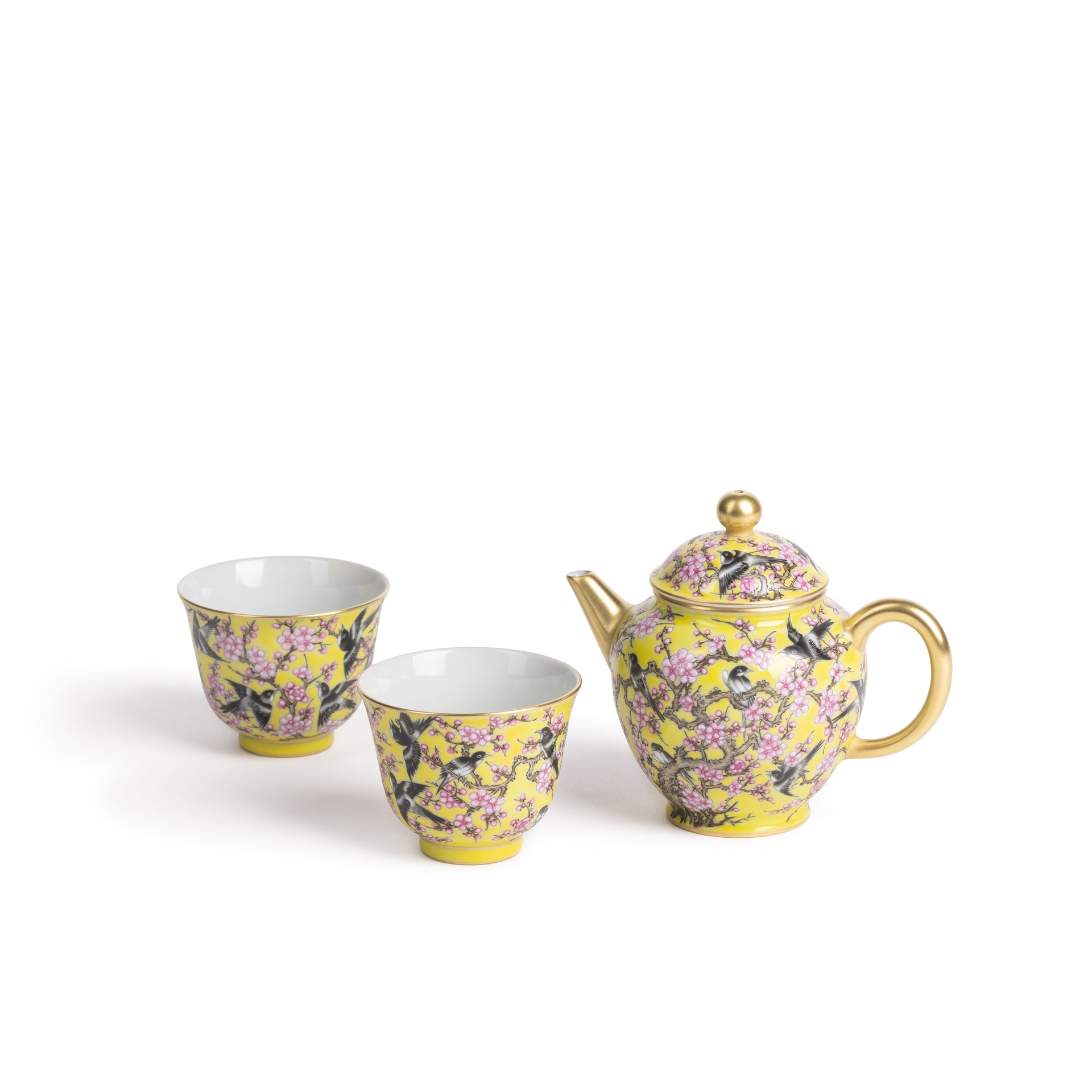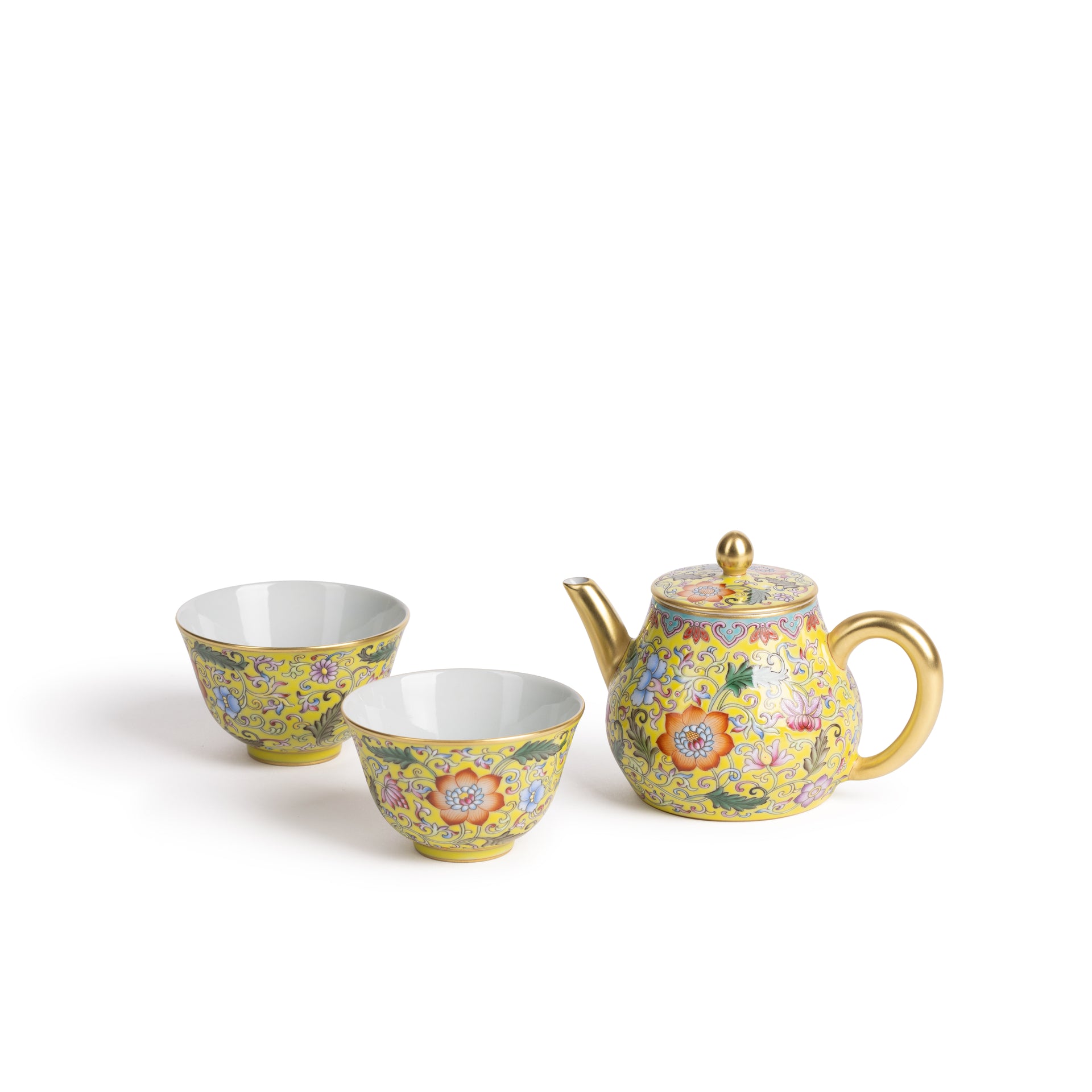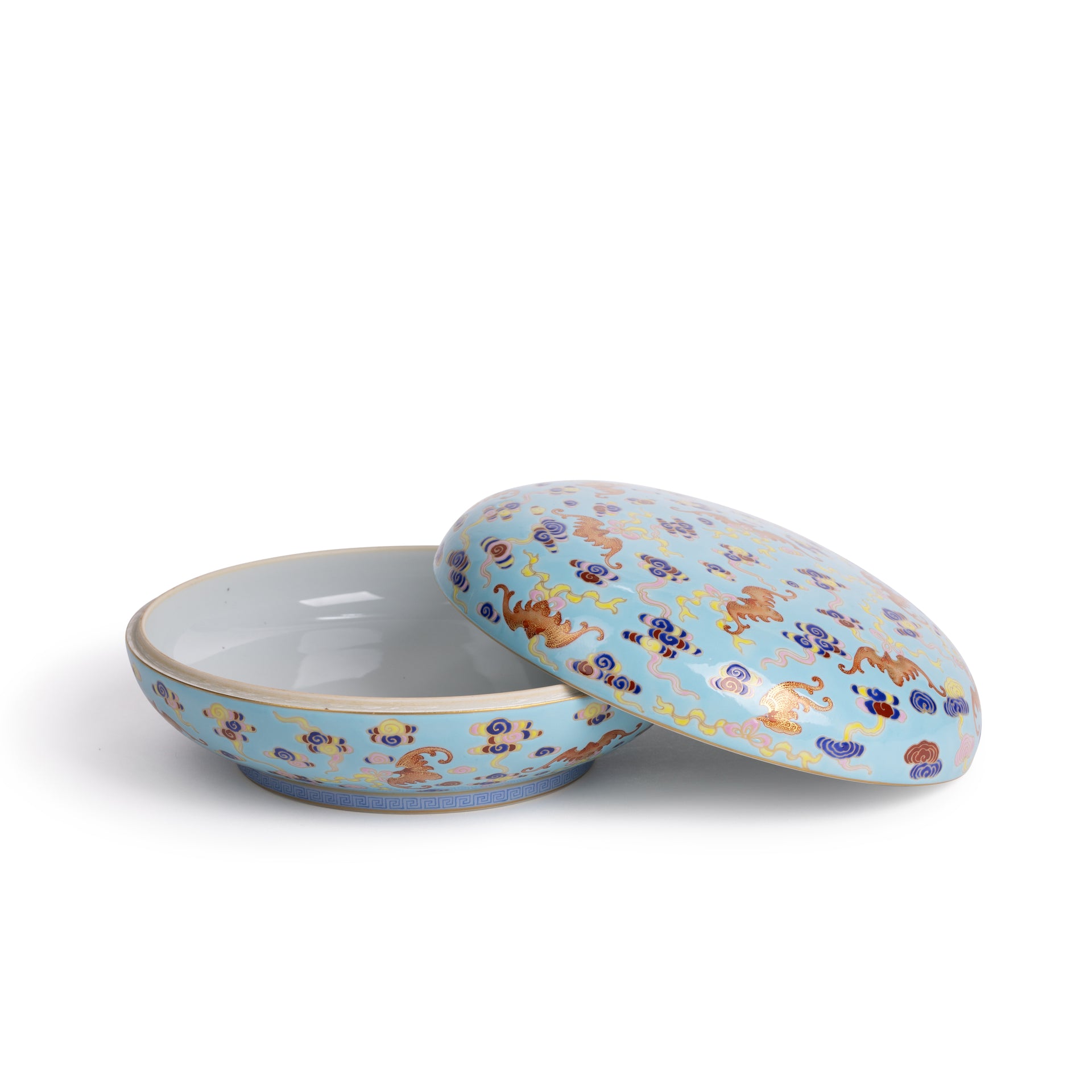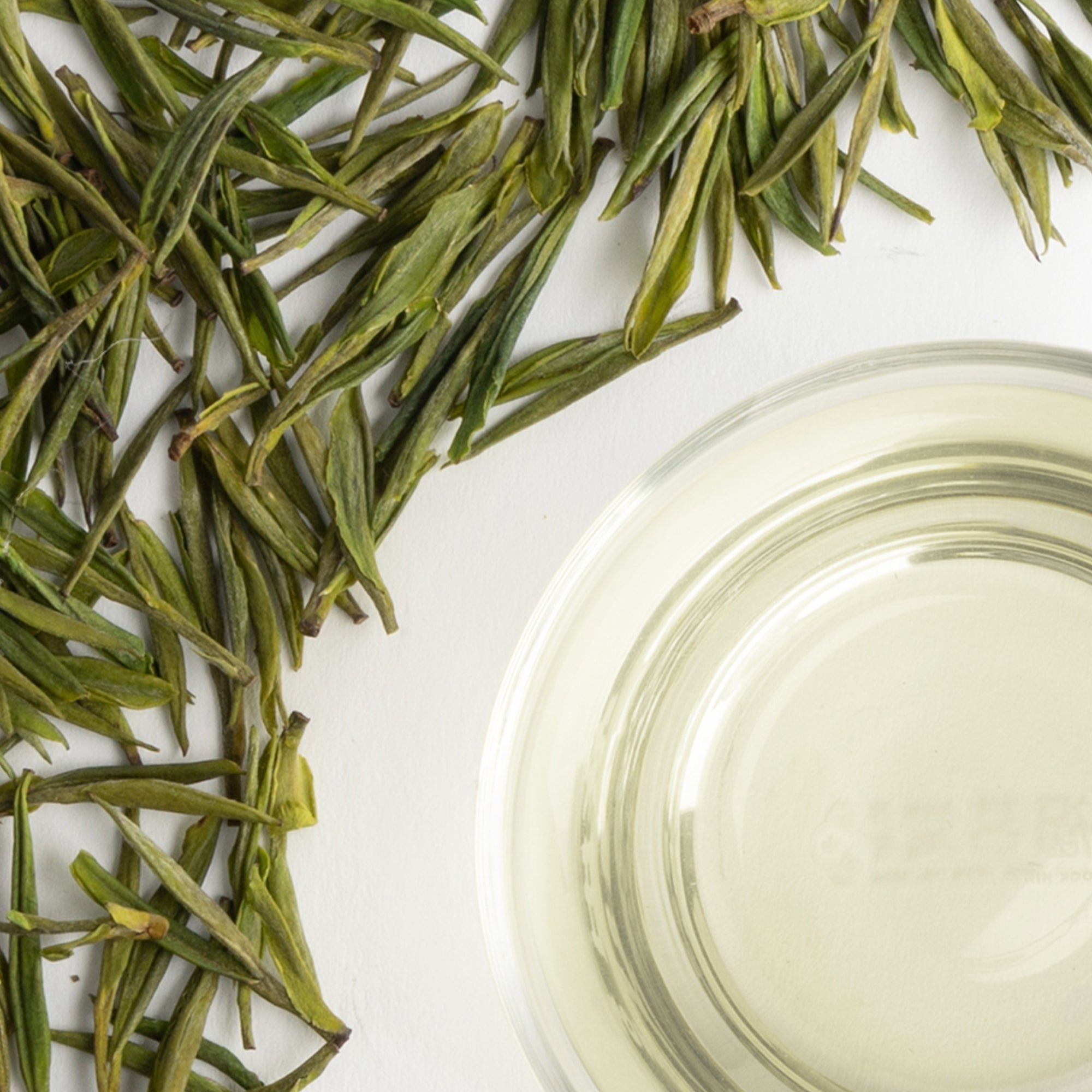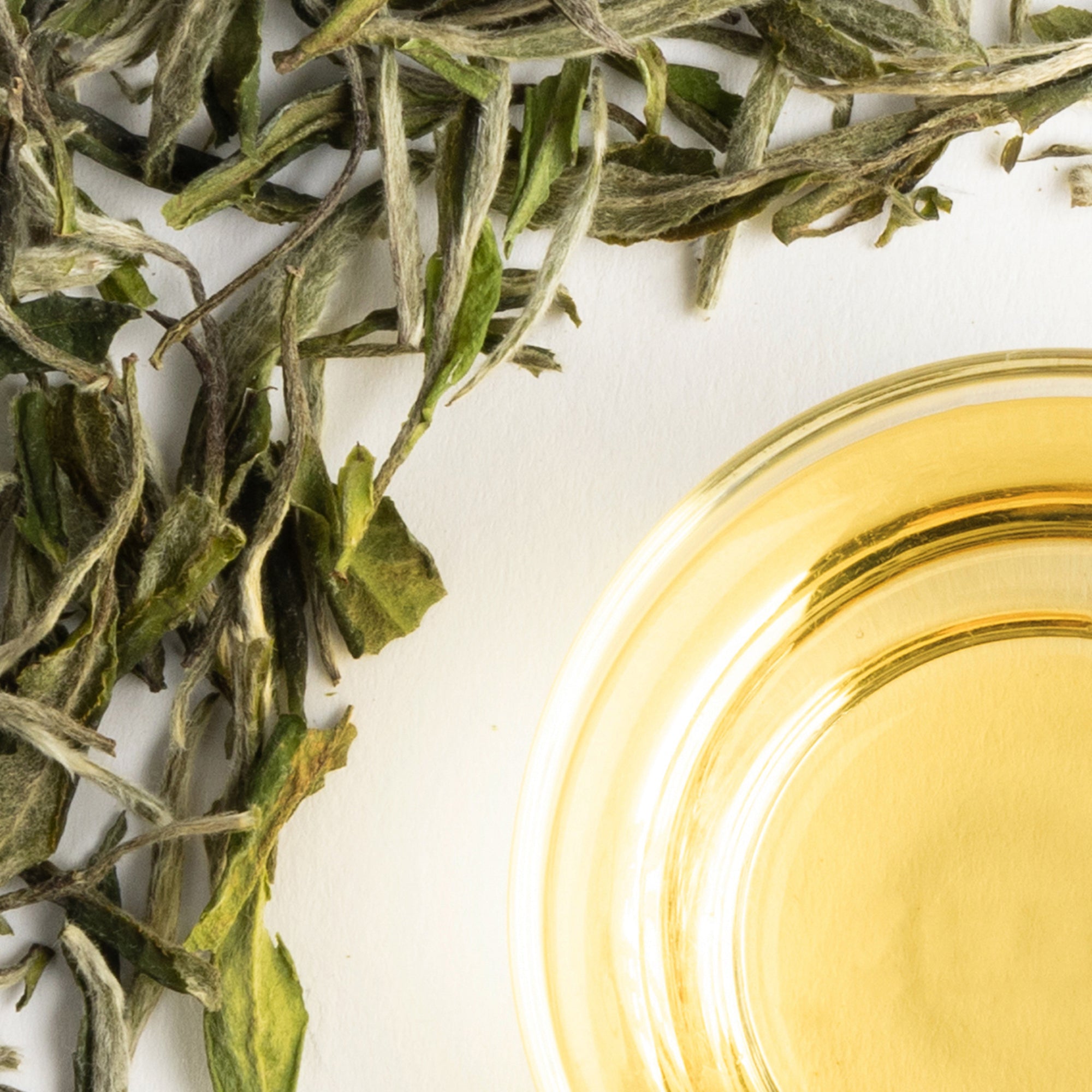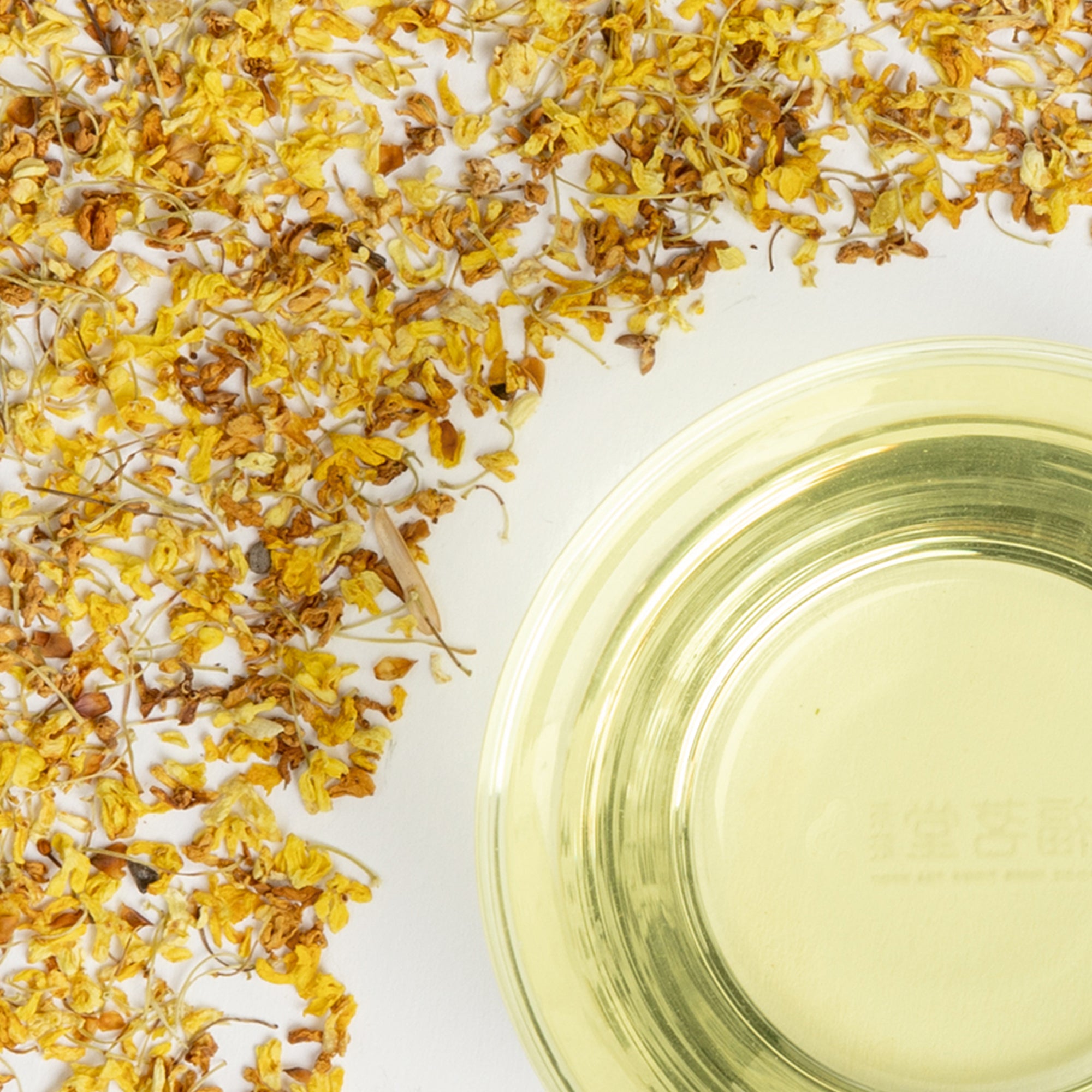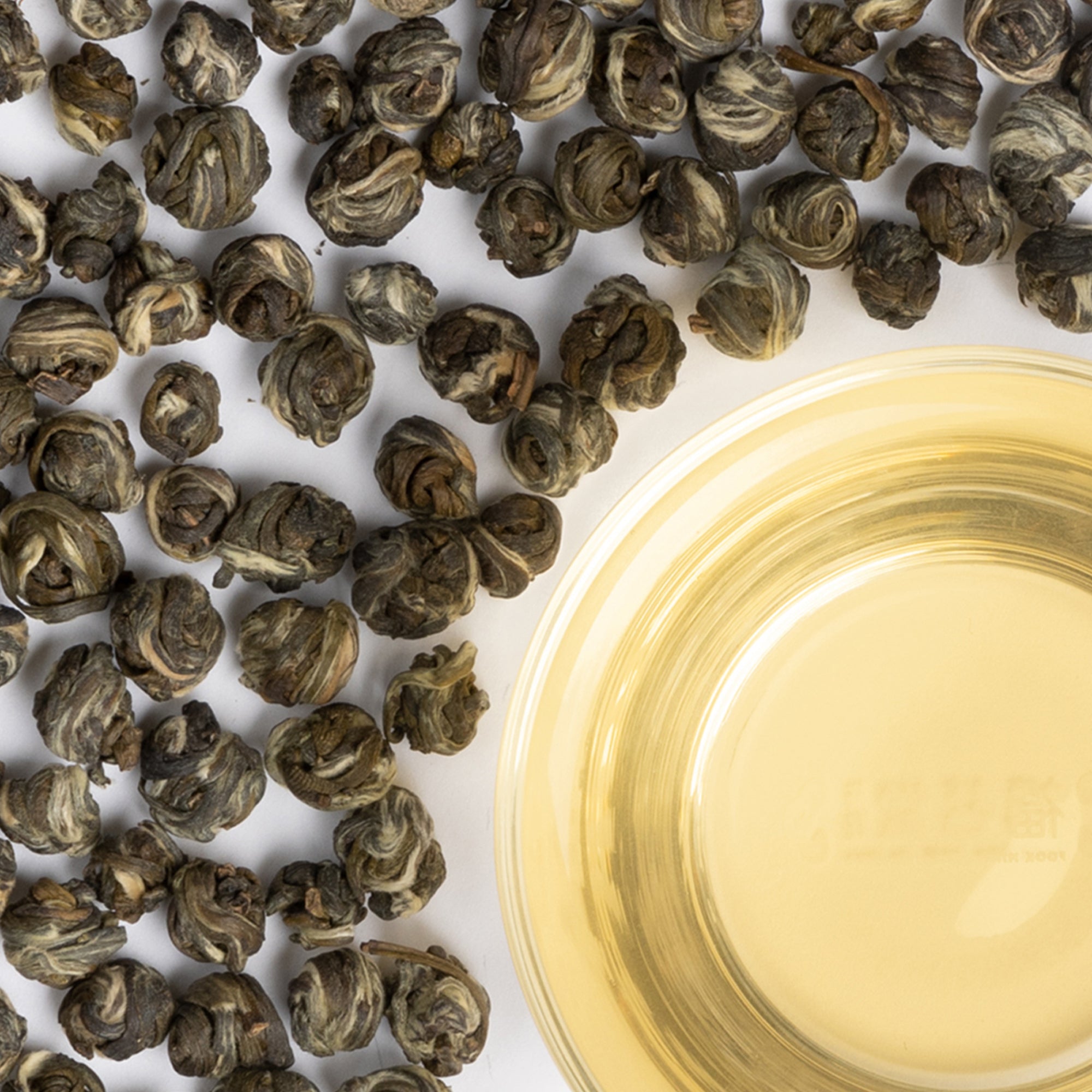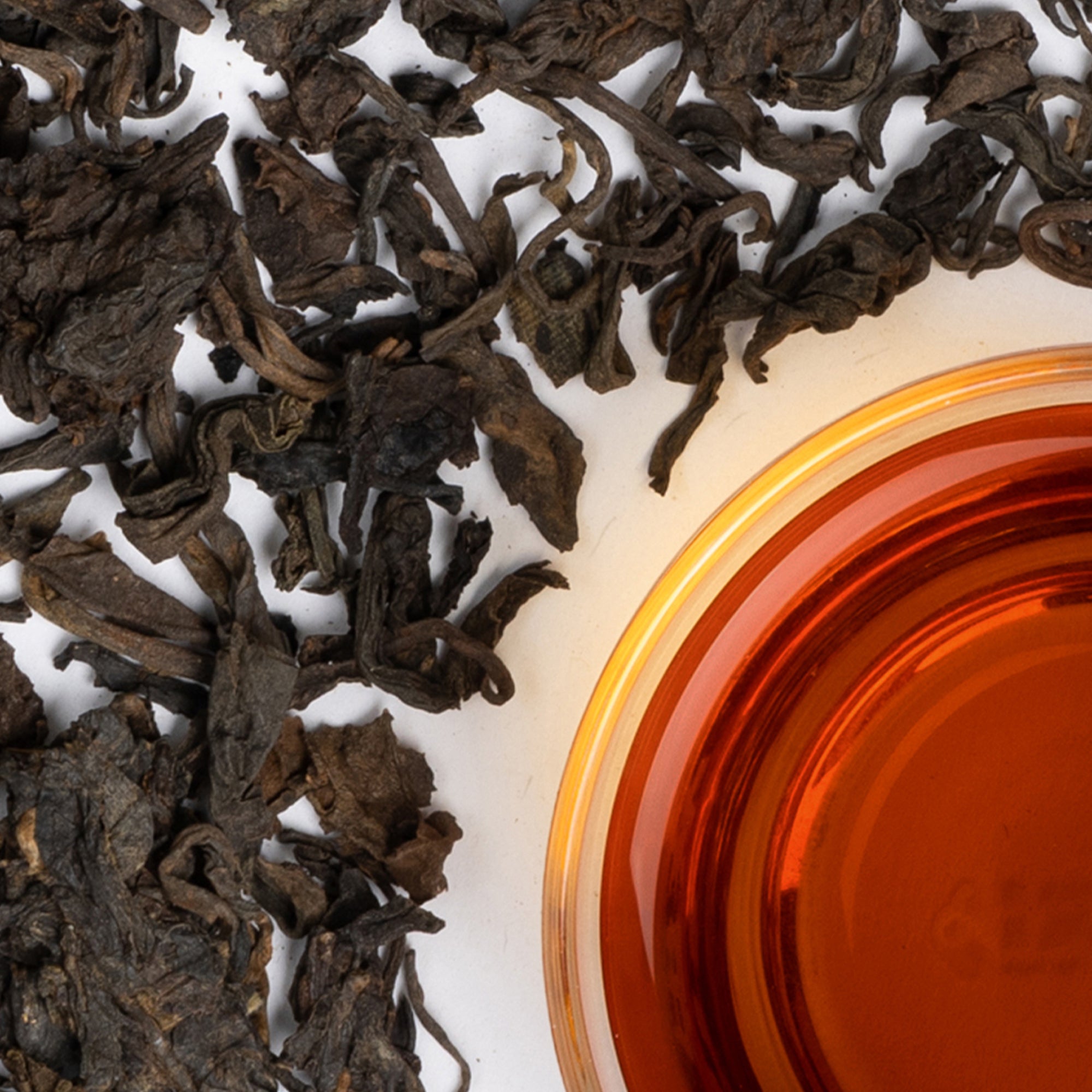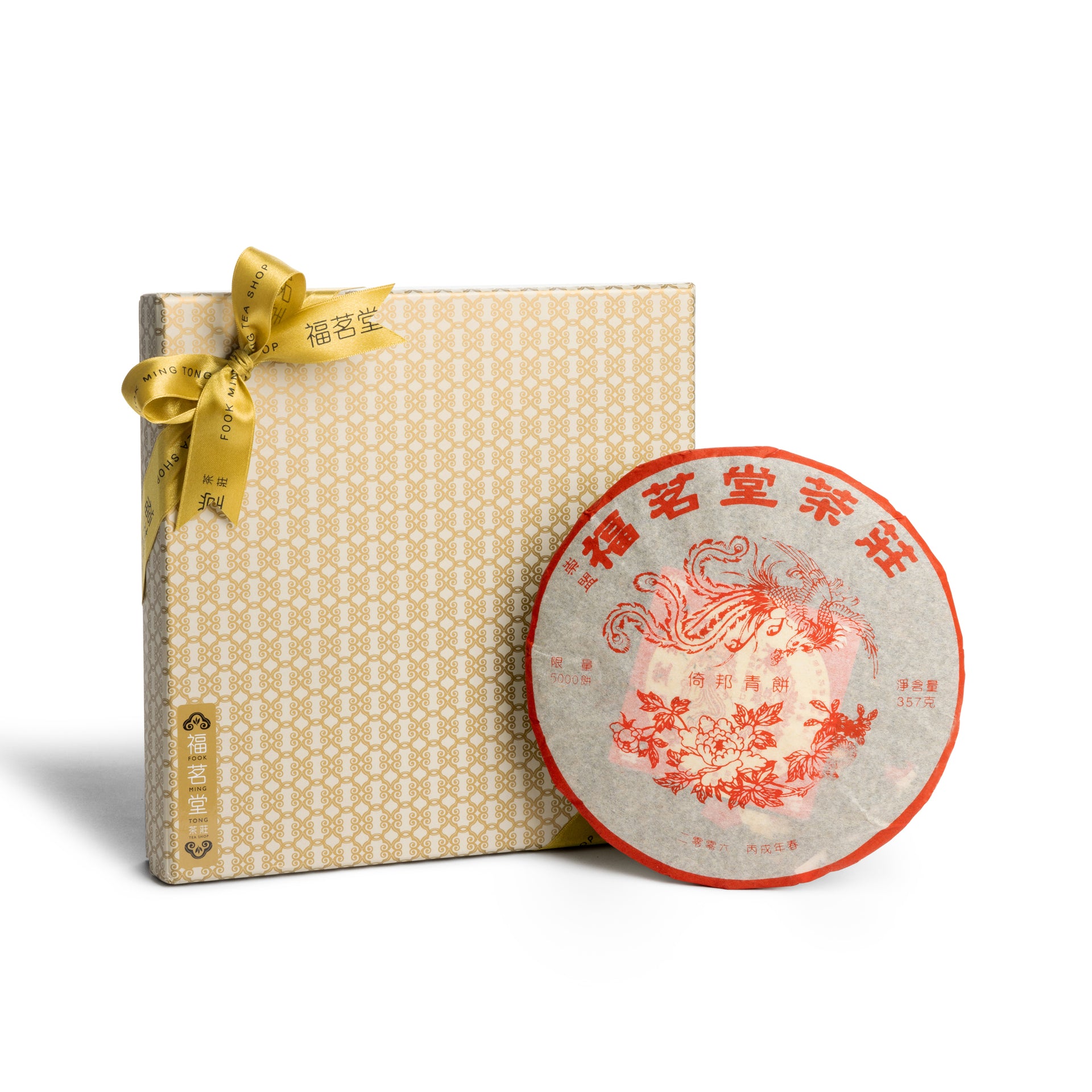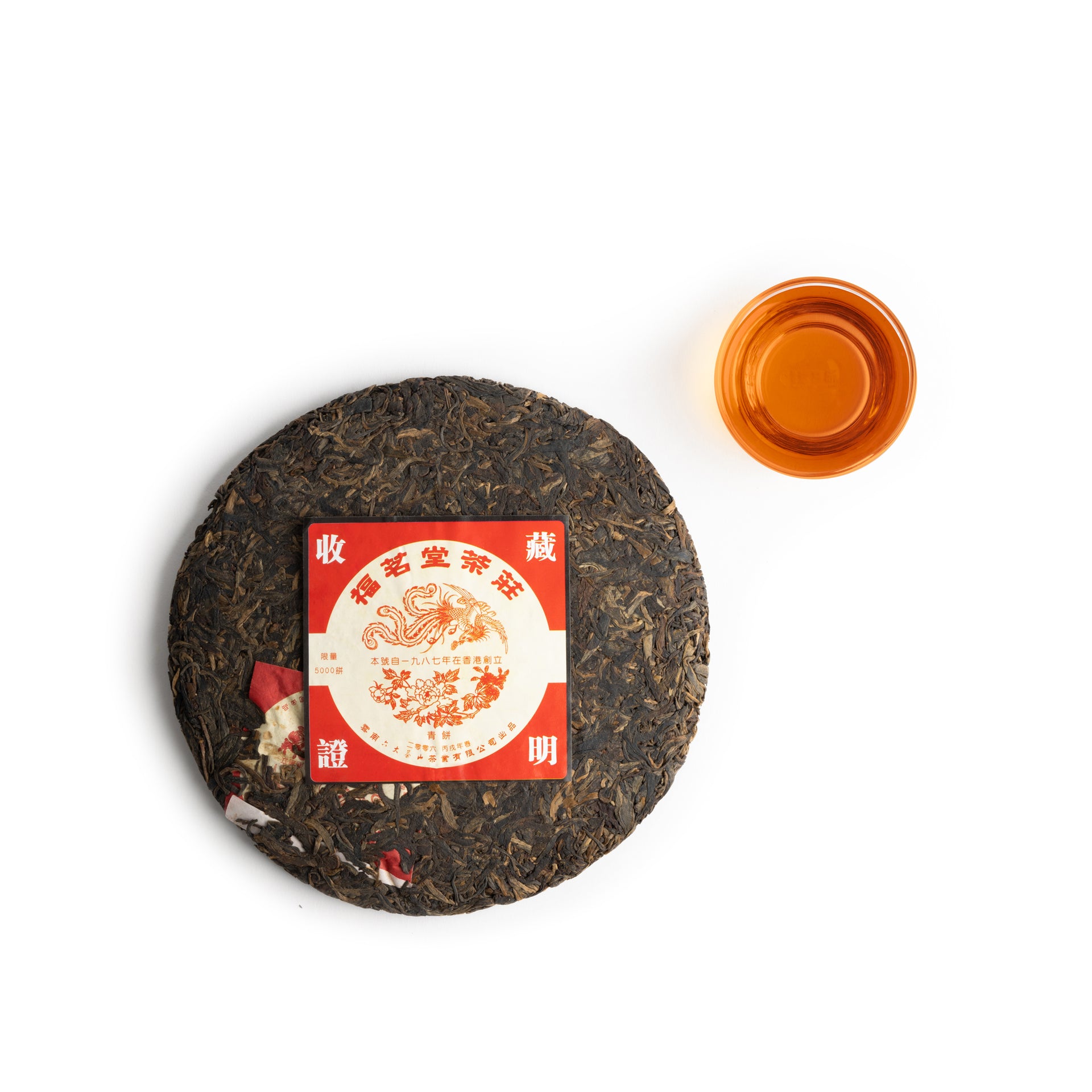-
Matte Moon-White glazed Archaistic Stem Cup只限門市
Matte Moon-White glazed Archaistic Stem Cup
- Regular price
- HKD $480
- Sale price
- HKD $480
- Regular price
- HKD $
-
Famille Rose Pale Blue Ground, décor with Bats, Lotus & Swastika gilded Covered Bowl with Pair of Tea Cups只限門市
Famille Rose Pale Blue Ground, décor with Bats, Lotus & Swastika gilded Covered Bowl with Pair of Tea Cups
- Regular price
- HKD $16,800
- Sale price
- HKD $16,800
- Regular price
- HKD $
-
Famille Rose décor with Clouds & Bats, gilded Covered Bowl with Pair of Tea Cups只限門市
Famille Rose décor with Clouds & Bats, gilded Covered Bowl with Pair of Tea Cups
- Regular price
- HKD $19,800
- Sale price
- HKD $19,800
- Regular price
- HKD $
-
Famille Rose décor with Eight Auspicious Symbols, Covered Bowl with Pair of Tea Cups只限門市
Famille Rose décor with Eight Auspicious Symbols, Covered Bowl with Pair of Tea Cups
- Regular price
- HKD $13,800
- Sale price
- HKD $13,800
- Regular price
- HKD $
-
Famille Rose décor with Flowers & Butterflies, gilded Tea Cup with Saucer只限門市
Famille Rose décor with Flowers & Butterflies, gilded Tea Cup with Saucer
- Regular price
- HKD $4,680
- Sale price
- HKD $4,680
- Regular price
- HKD $
-
Famille Rose Yellow Ground décor with Magpies & Prunes Branches, gilded Tea Pot with Pair of Cups只限門市
Famille Rose Yellow Ground décor with Magpies & Prunes Branches, gilded Tea Pot with Pair of Cups
- Regular price
- HKD $16,800
- Sale price
- HKD $16,800
- Regular price
- HKD $
-
Famille Rose Yellow Ground décor with Flowers, gilded Tea Pot with Pair of Cups只限門市
Famille Rose Yellow Ground décor with Flowers, gilded Tea Pot with Pair of Cups
- Regular price
- HKD $15,800
- Sale price
- HKD $15,800
- Regular price
- HKD $
-
Famille Rose Turquoise Ground décor with Clouds & Bats, gilded PU'ER Disc Tea Caddy只限門市
Famille Rose Turquoise Ground décor with Clouds & Bats, gilded PU'ER Disc Tea Caddy
- Regular price
- HKD $24,800
- Sale price
- HKD $24,800
- Regular price
- HKD $
Jingdezhen
Jingdezhen, known as the "City of Porcelain", is located in the northeastern part of Jiangxi Province, south of the Changjiang River. It was known as Changnan Town in ancient times. The high-quality kaolin clay it produces produces porcelain that is white and smooth, and has been loved by emperors of all dynasties. Emperor Zhenzong of the Song Dynasty conscripted the porcelain for imperial use and gave it the name "Jingdezhen", and the name Jingdezhen has been used to this day. The English word for porcelain - China, is derived from the transliteration of Changnan, and China is also called the country of porcelain. Jingdezhen porcelain production can be traced back to the Han Dynasty and flourished in the Tang Dynasty. White porcelain and celadon were the most famous in the Song Dynasty. The blue and white porcelain of the Yuan and Ming dynasties started the production of colored porcelain. During the reigns of Kangxi, Yongzheng and Qianlong in the Qing Dynasty, porcelain became even more beautiful. , whether it is a single color glaze or a mixed color, it is enough to be breathtaking and reach the pinnacle, which is unparalleled in ancient and modern times.
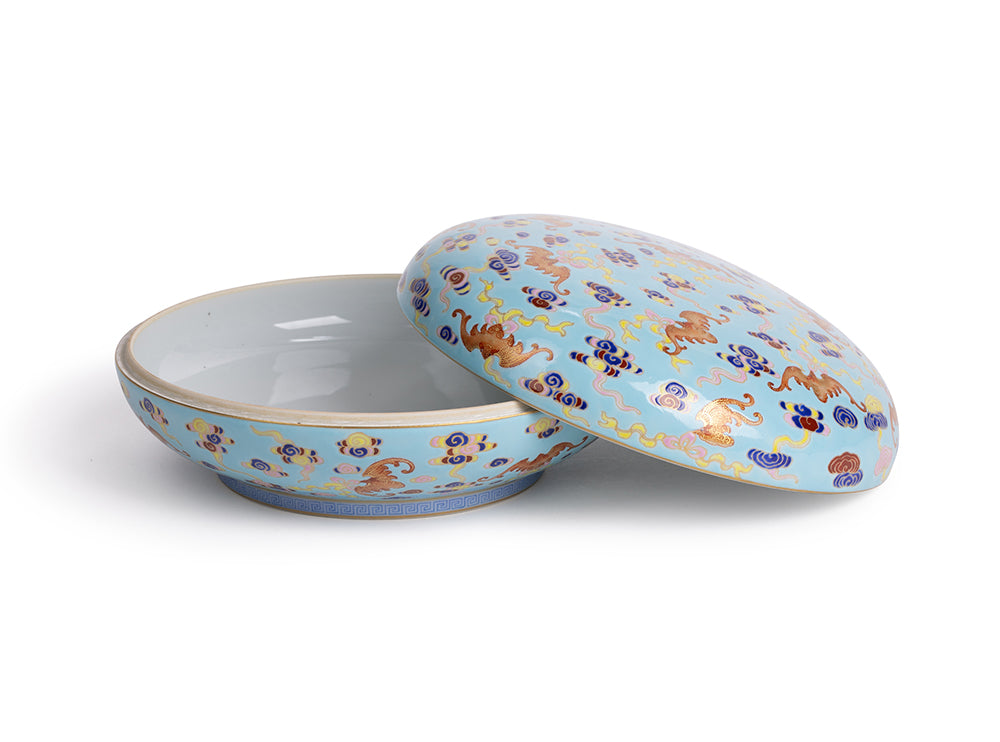
pastels
"Pastel" is also called "soft color". It was created in the Kangxi era. It uses glass white material as the base color and is painted with painting techniques. After different colors of pigments are applied to the glass white material, there will be a soft pink color. It has a moist feeling, hence the name "pastel". The combination of striped flowers and pastels is a perfect combination, which is called "rolling pastels".
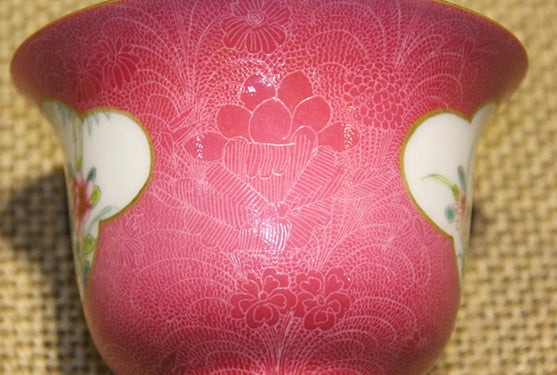
pick flowers
"Peeling flowers" or "raking flowers" is a title favored by Jingdezhen artists. It is also called "rolling road" and "carving ground". It was created in the Qianlong year and was called "the icing on the cake" by the palace. It is made by first applying a uniform layer of color on the white body, and then using a tool shaped like an embroidery needle to draw out delicate phoenix tail patterns on the color, and then decorating it with flowers, birds, landscapes, patterns and other patterns. This kind of craftsmanship, which strictly requires concentration, concentration, and meticulousness, has few successors.
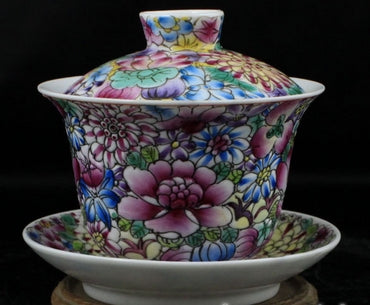
Enamel
The scientific name of "enamel color" is "porcelain body painting enamel". According to legend, it was created by a porcelain maker named Hu, so it is also called "Gu Yuexuan". Enamel color comes from France and Belgium and was used in metal body enamelware in the early years. , that is, cloisonné. In the Kangxi era, the technique of painting enamel was used on the porcelain body, and the result was this exquisite and famous porcelain.
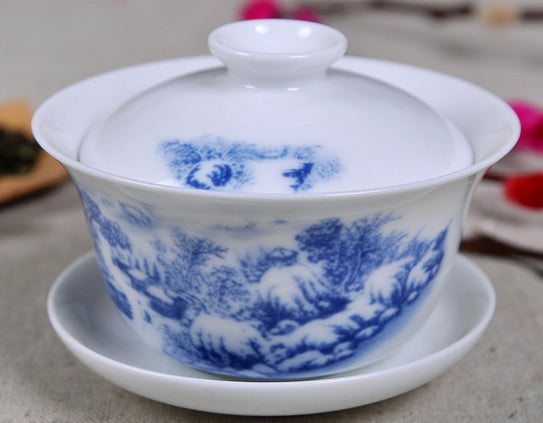
blue and white
The "blue and white" style that dates back to the Yuan Dynasty is made by painting cobalt oxide on a white porcelain body and then covering it with a layer of transparent glaze. The cobalt oxide turns blue under high heat. The production technology began to mature in the Yuan Dynasty, and became the mainstream of porcelain in the Ming Dynasty. It reached its peak in the Kangxi era of the Qing Dynasty. The ancient tureen is crafted using ancient porcelain-making techniques, and has the Heart Sutra written in its entirety verbatim. The full name of the Heart Sutra is (Maha Prajna Paramita Heart Sutra). It is an important classic of Mahayana Buddhism. The Chinese translation has a total of 260 words.
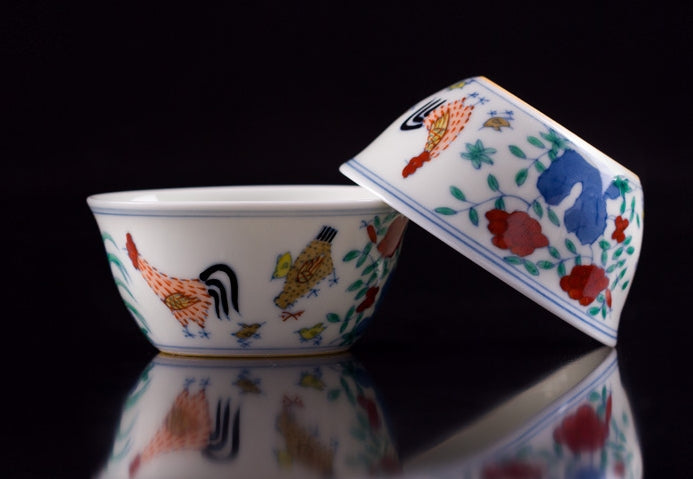
Douchi
Paint patterns with brightly colored pigments on the blue and white porcelain that has been fired, and then put it into the kiln for firing. This process is called blue and white doucai. Since it must be fired twice in the kiln, the ceramics The craftsman needs to have very excellent skills and experience to make it.
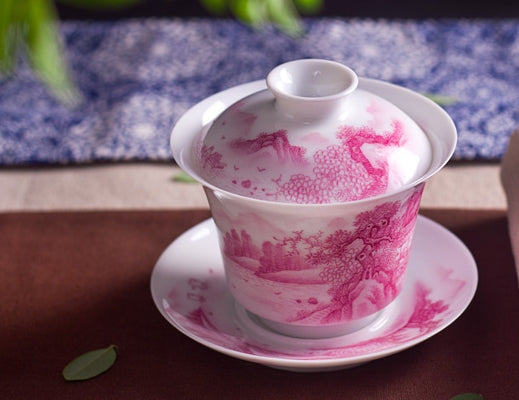
carmine
The color of "carmine" is pink with purple. It is colored by melting gold into the glaze, so it is also called "gold red". It was introduced from the Netherlands during the Kangxi era, so it is also called "magenta". Due to the very high technical requirements, it was not until the late Yongzheng period that it could be made freely.


